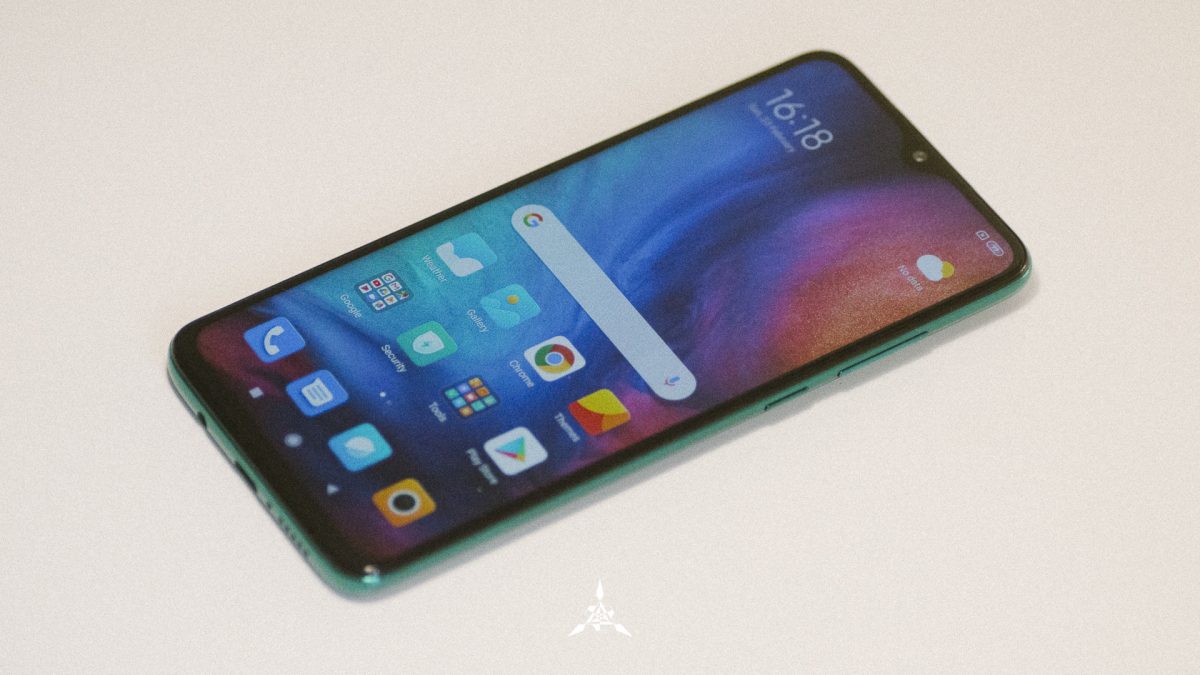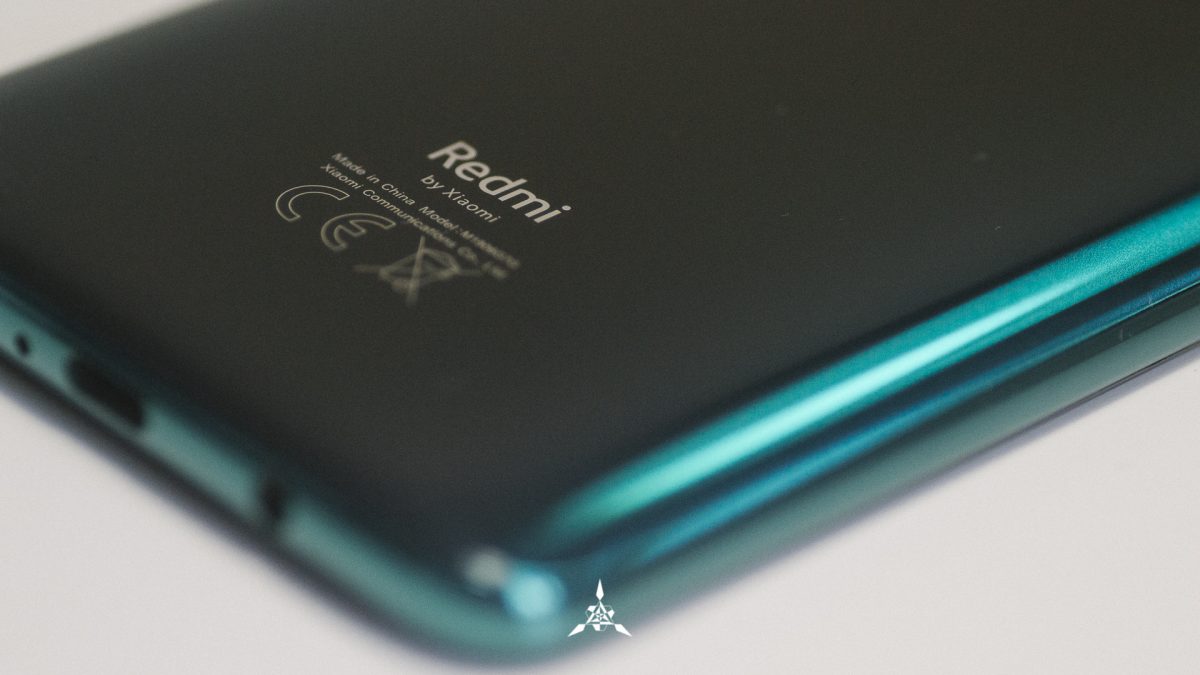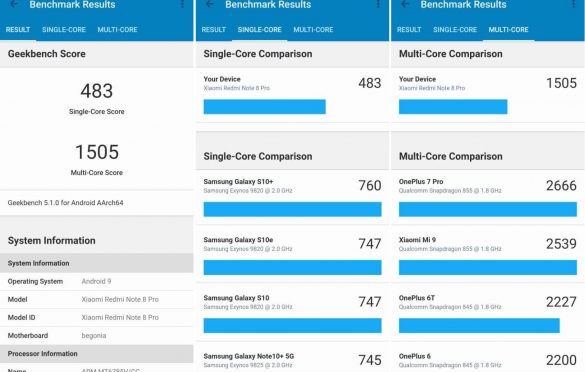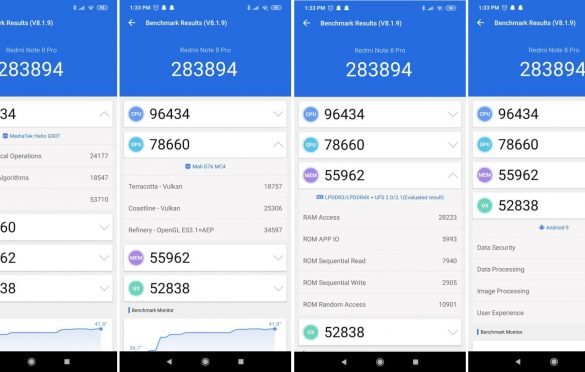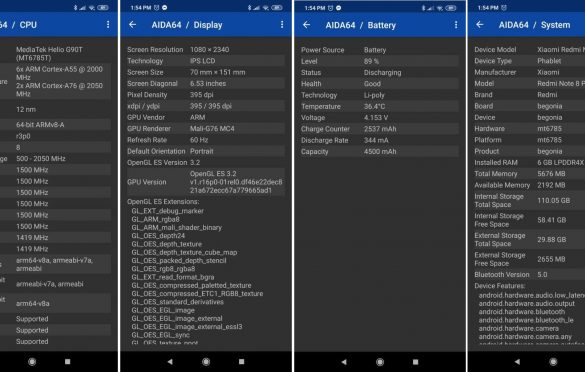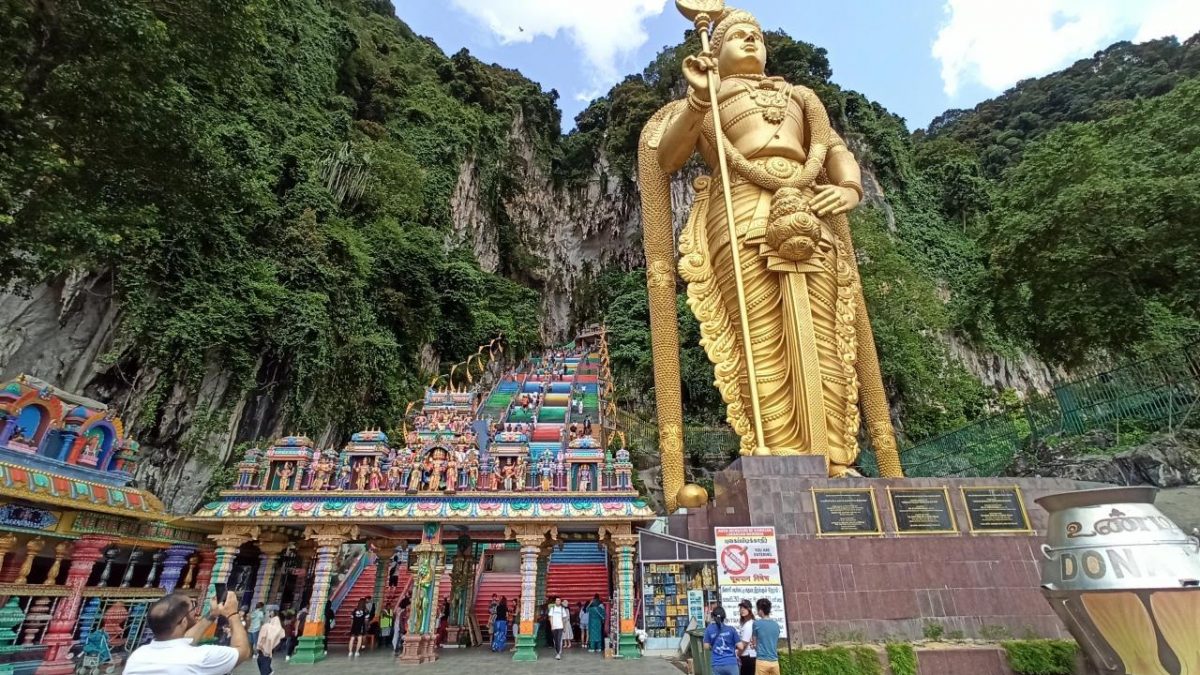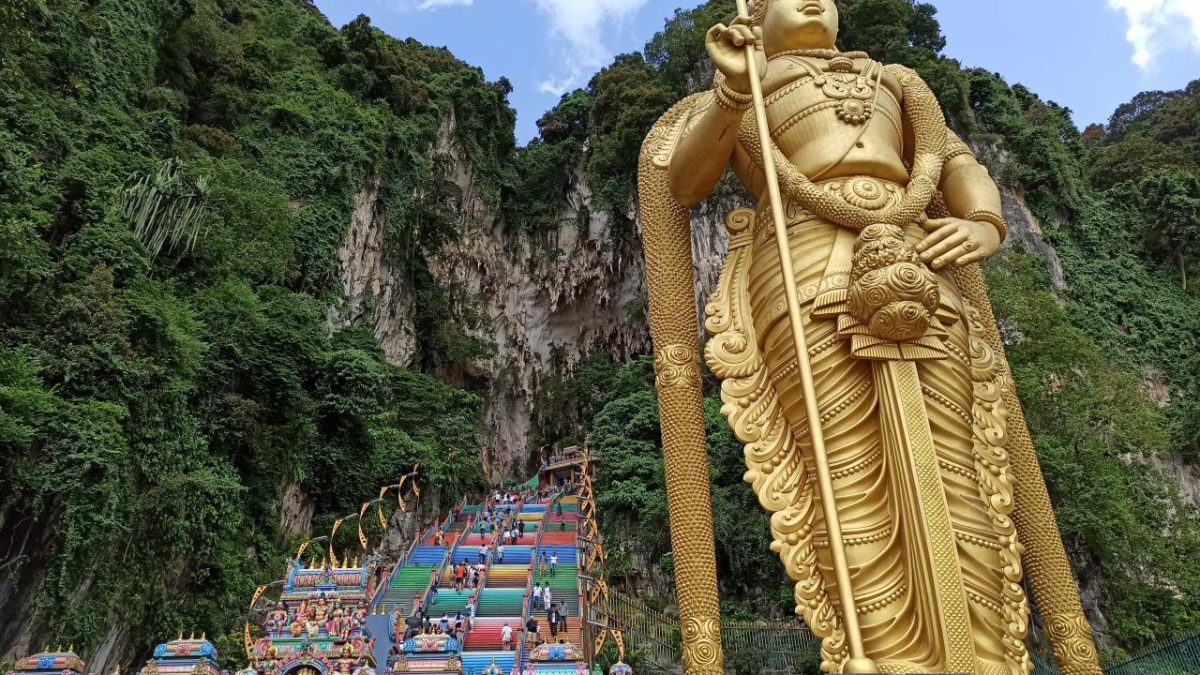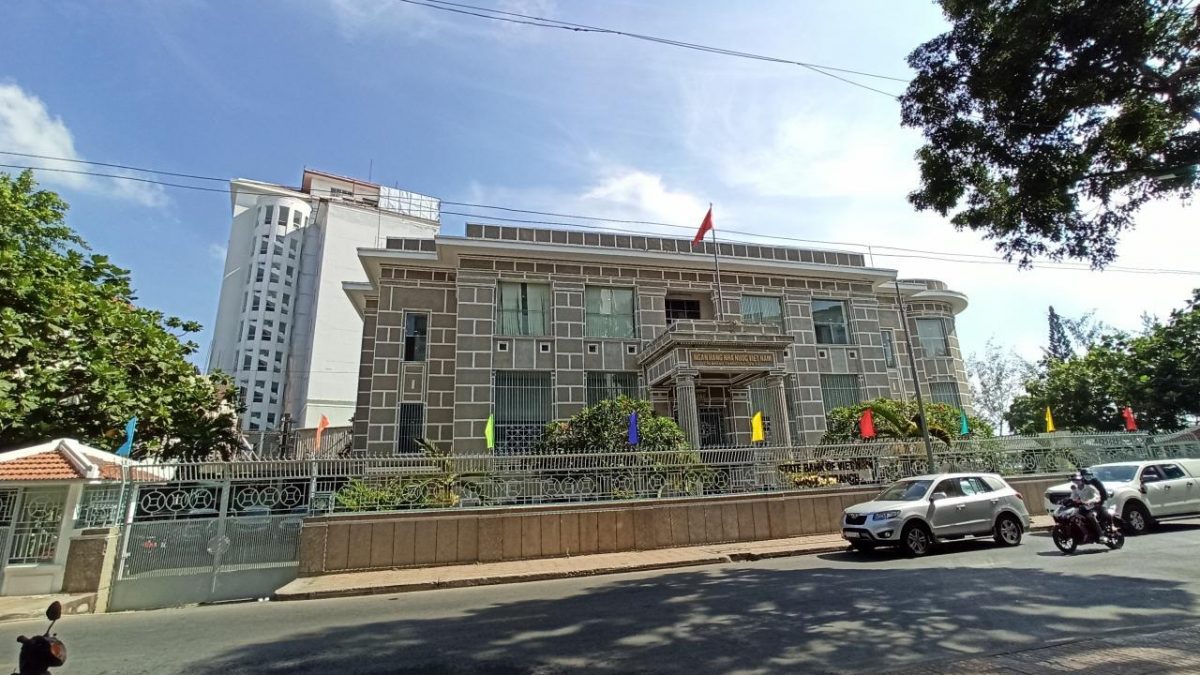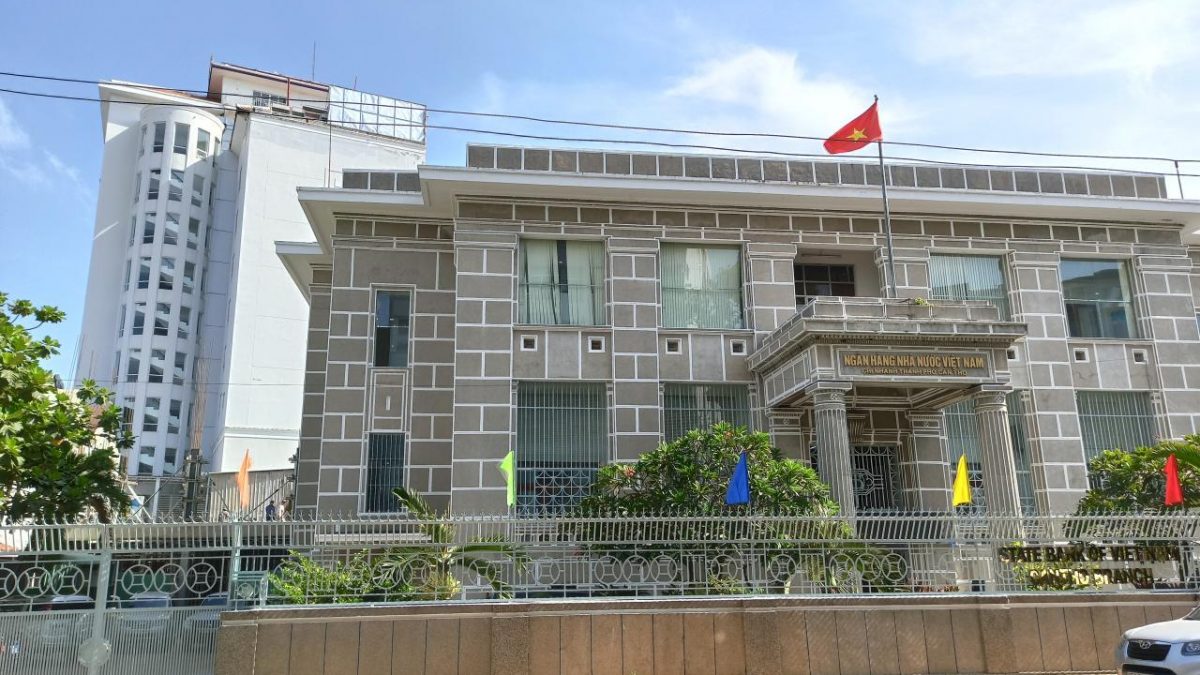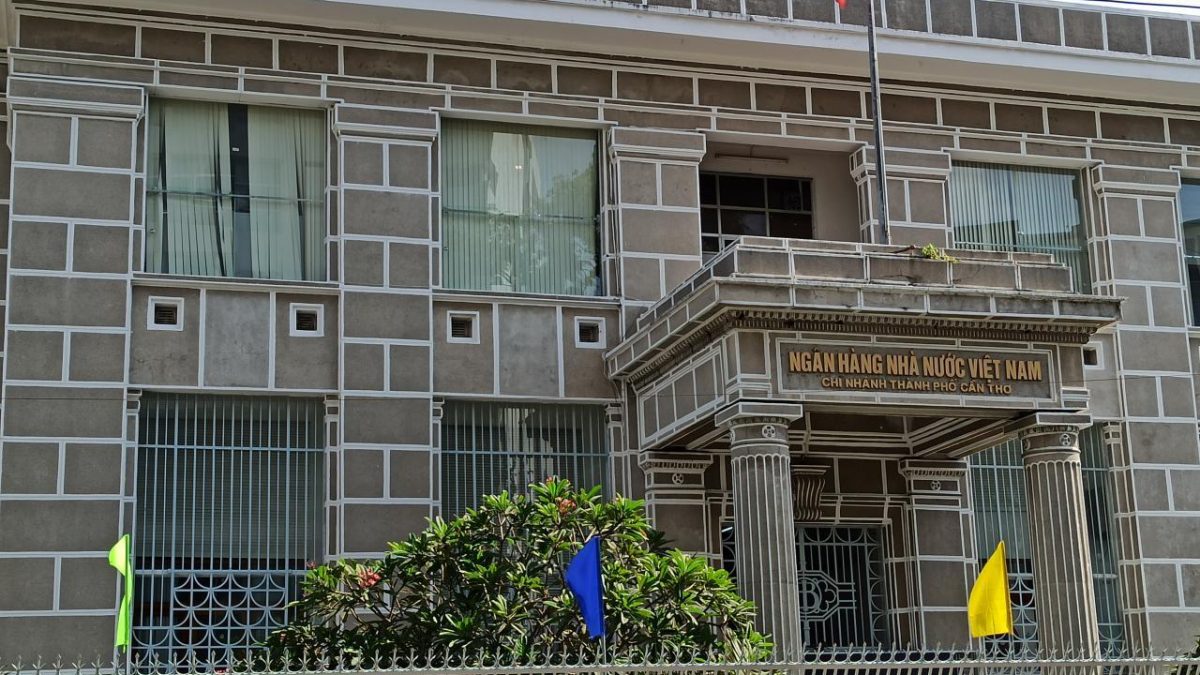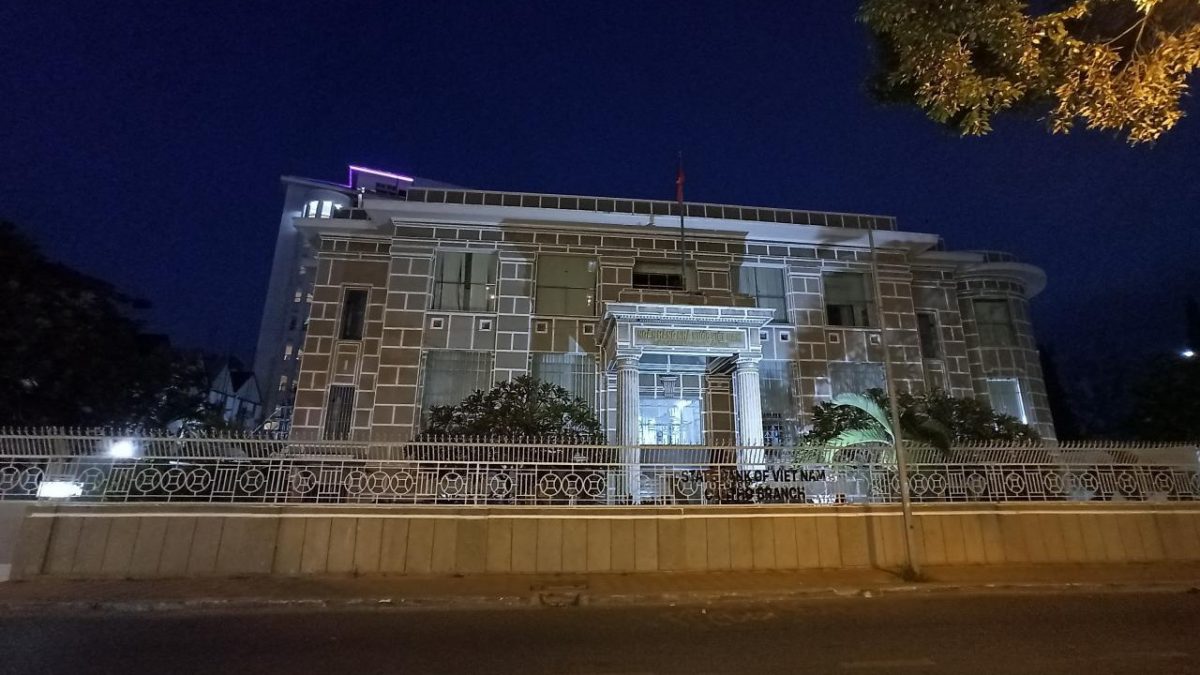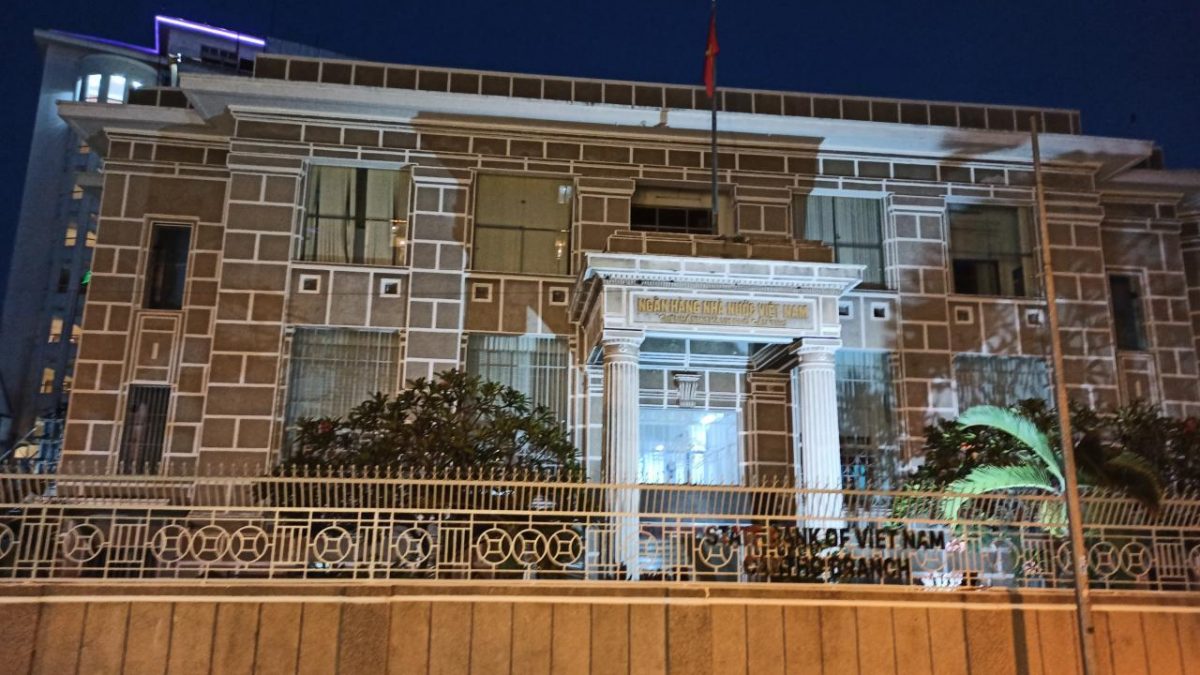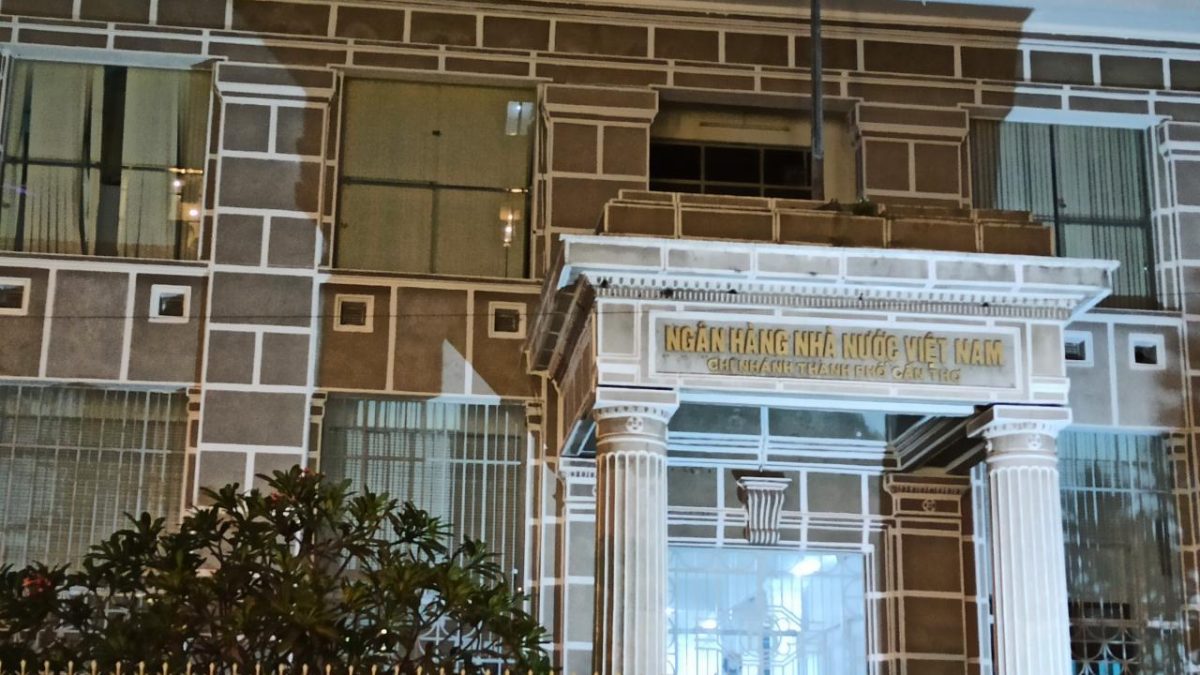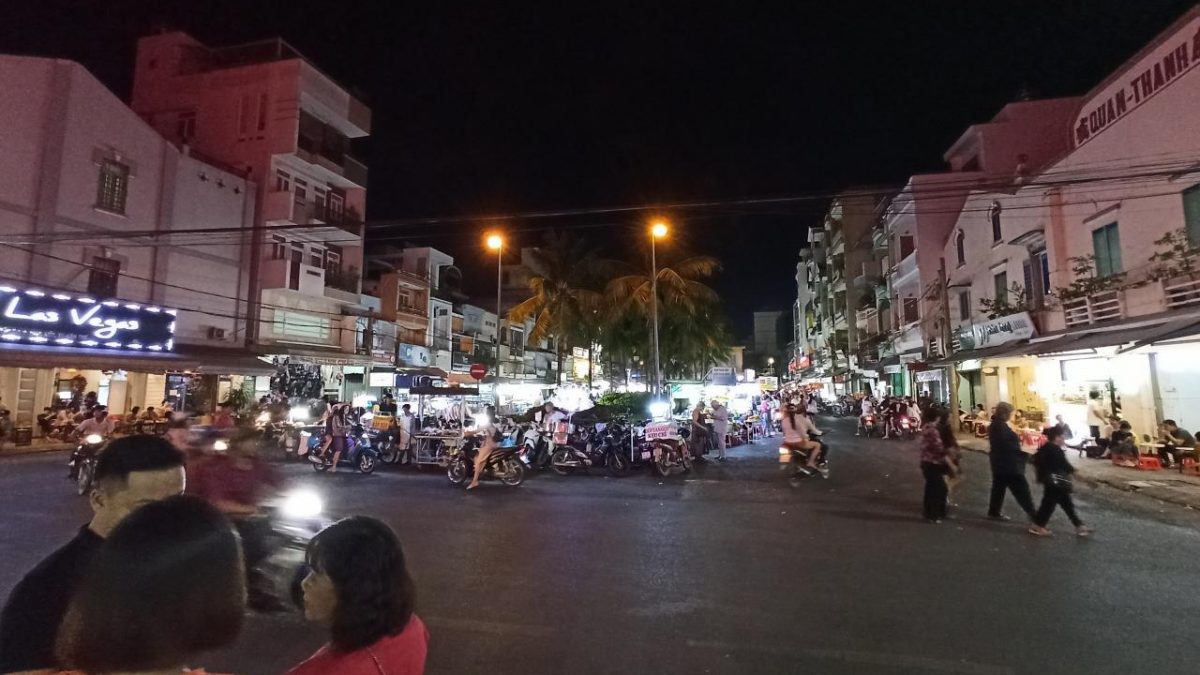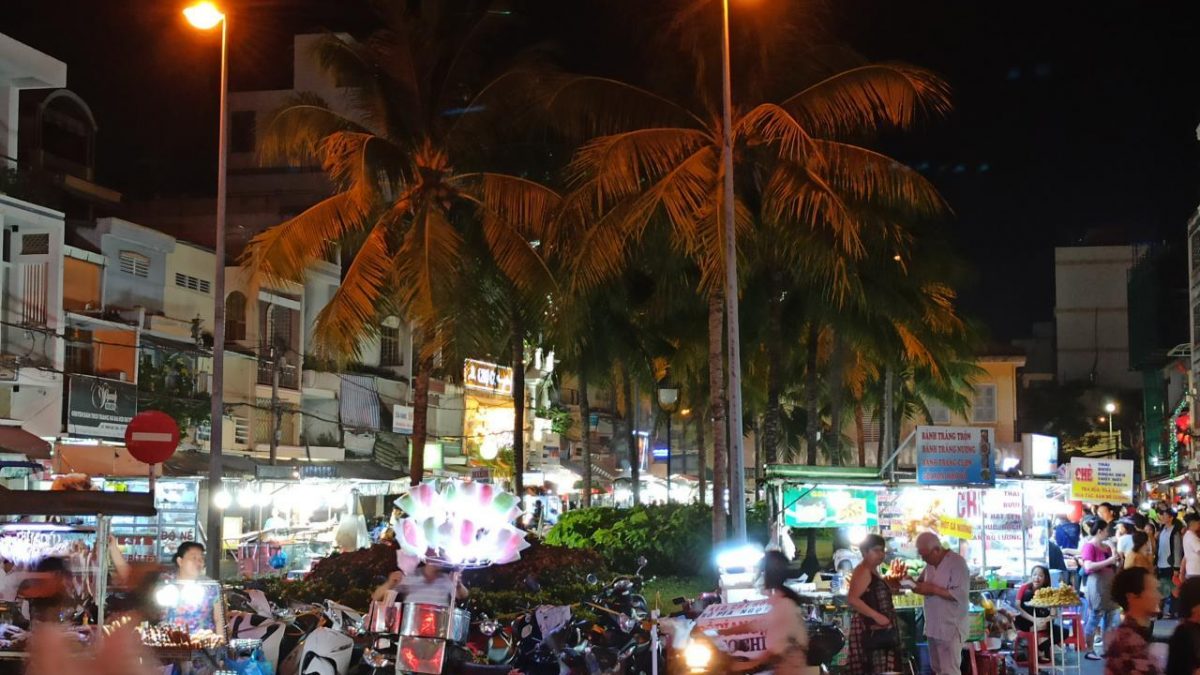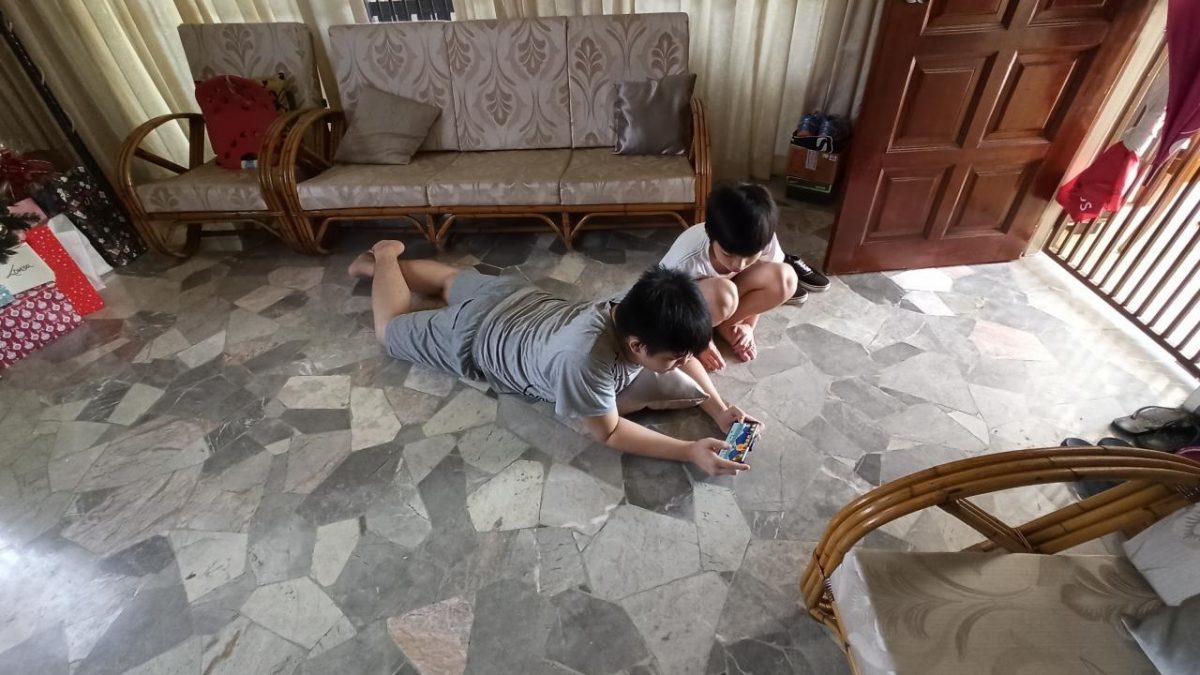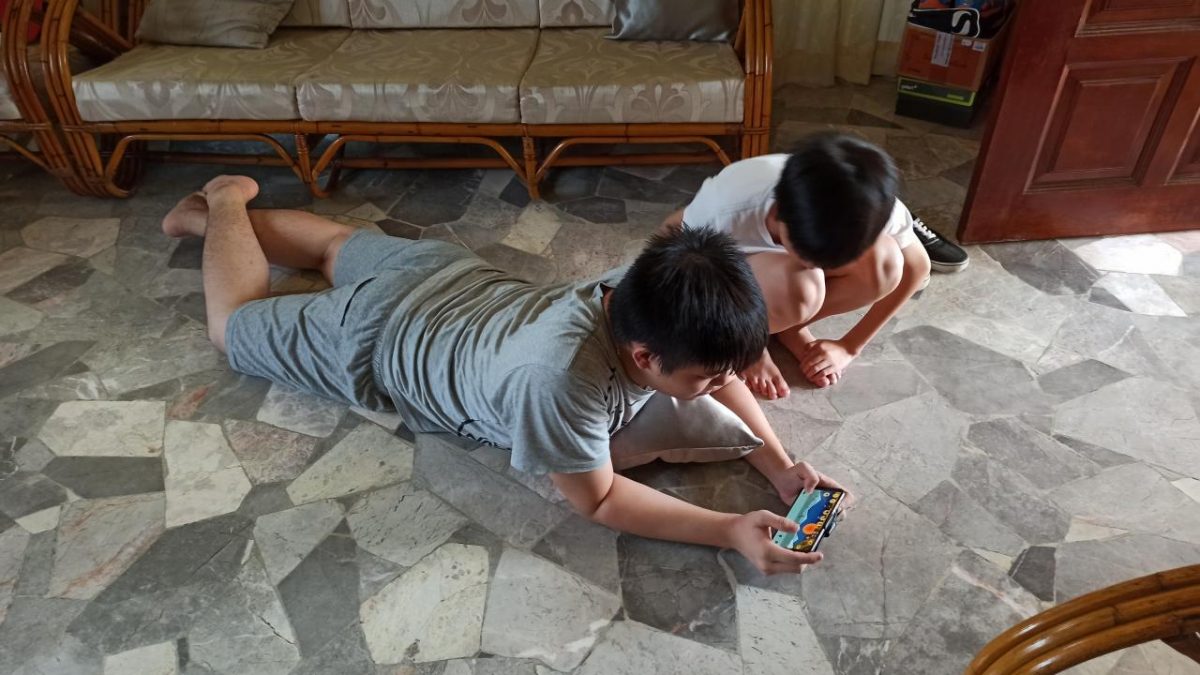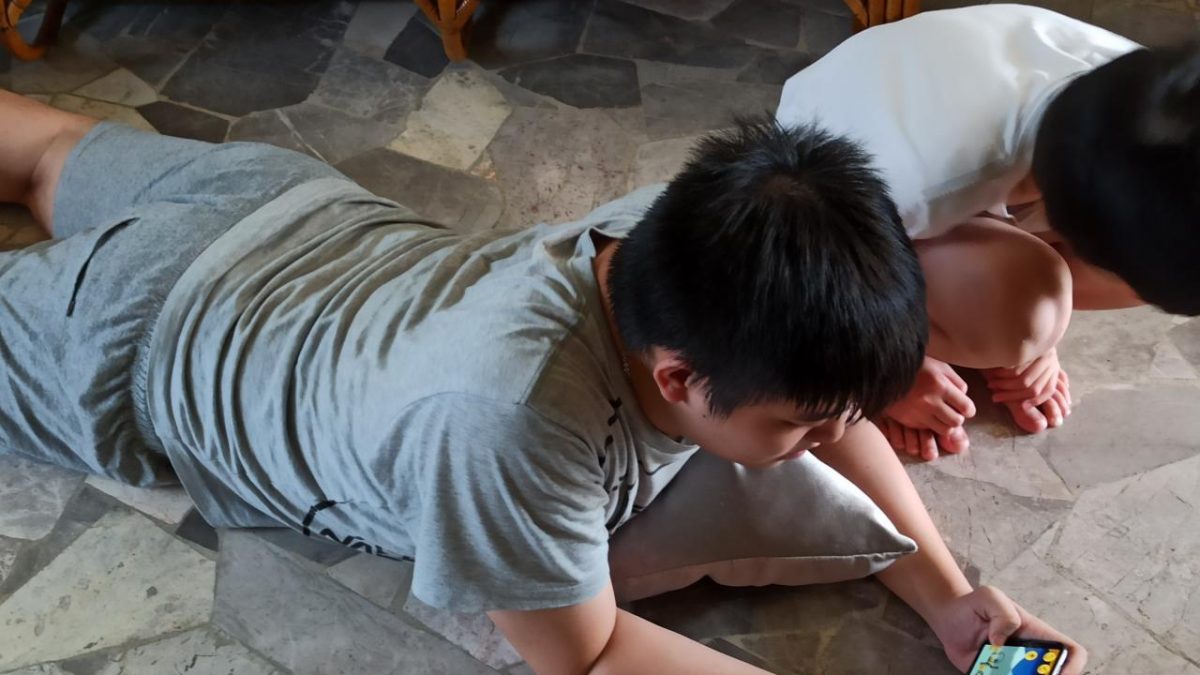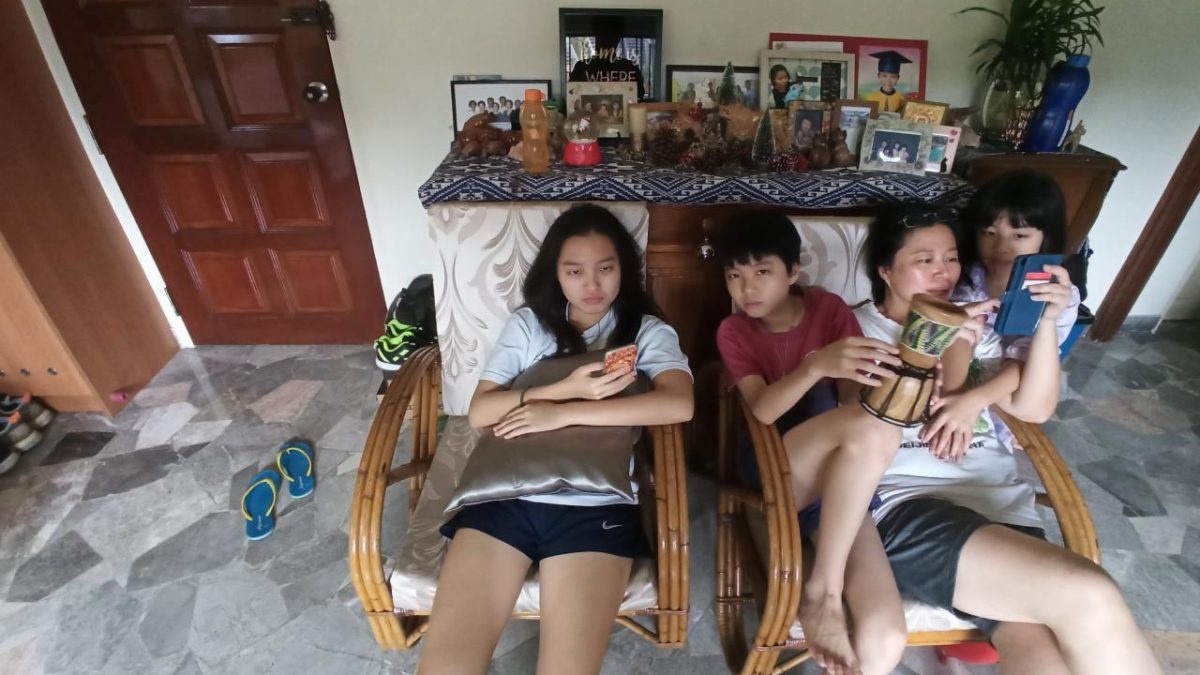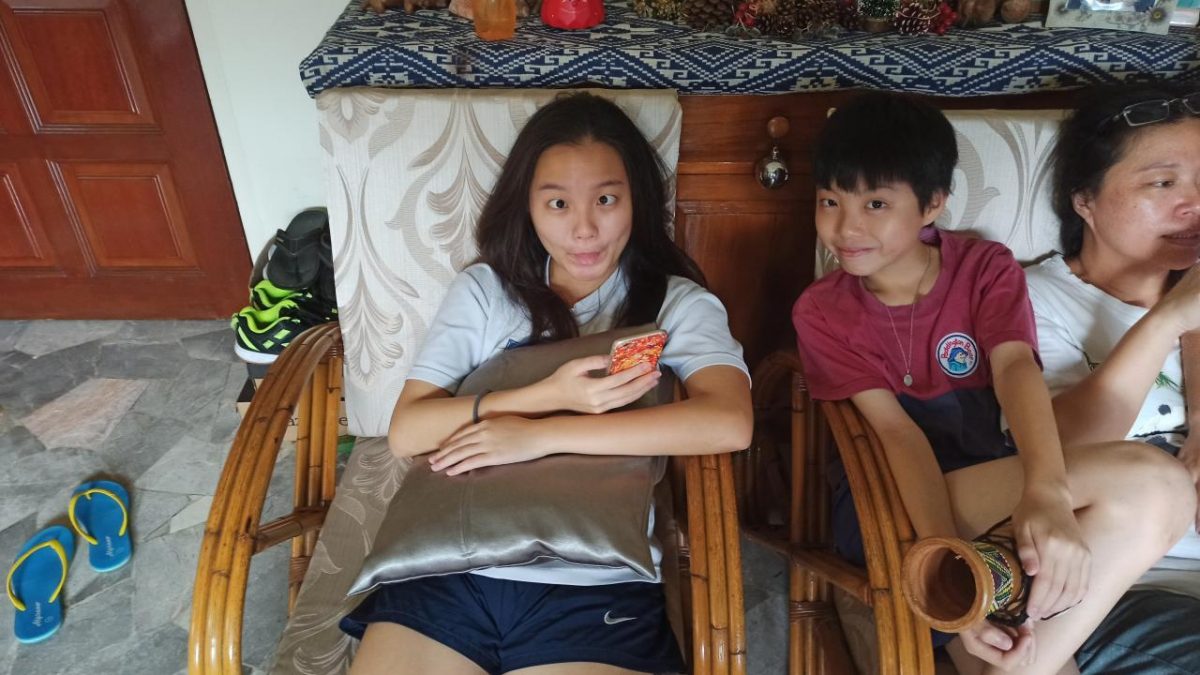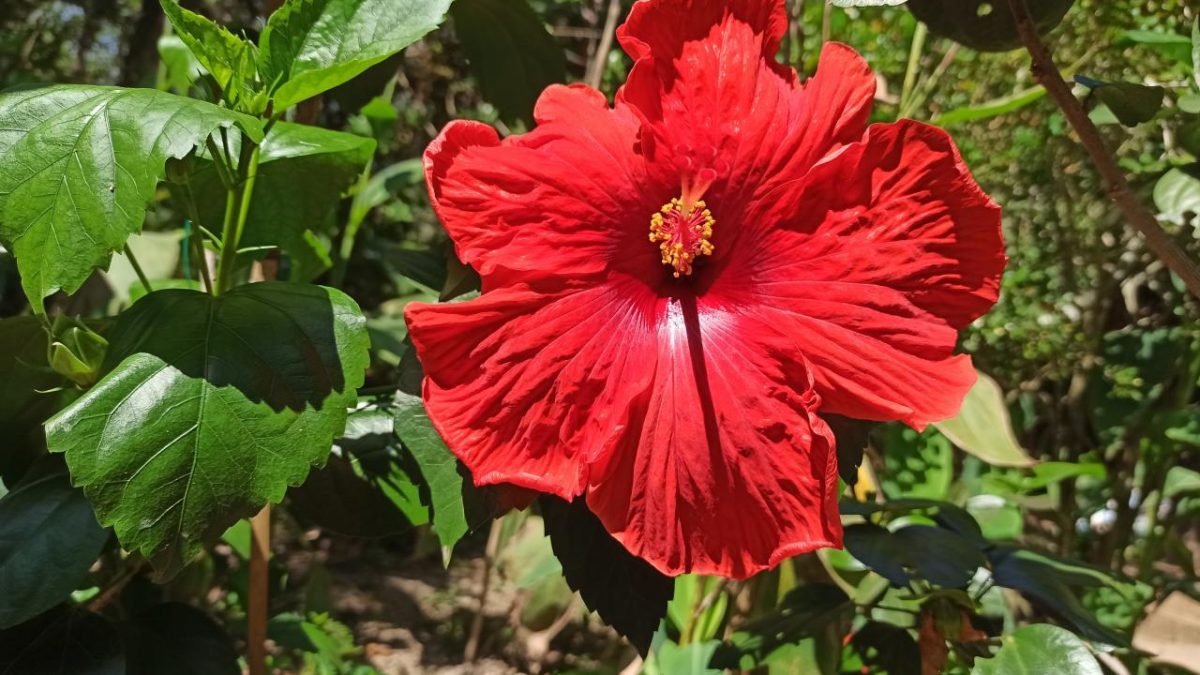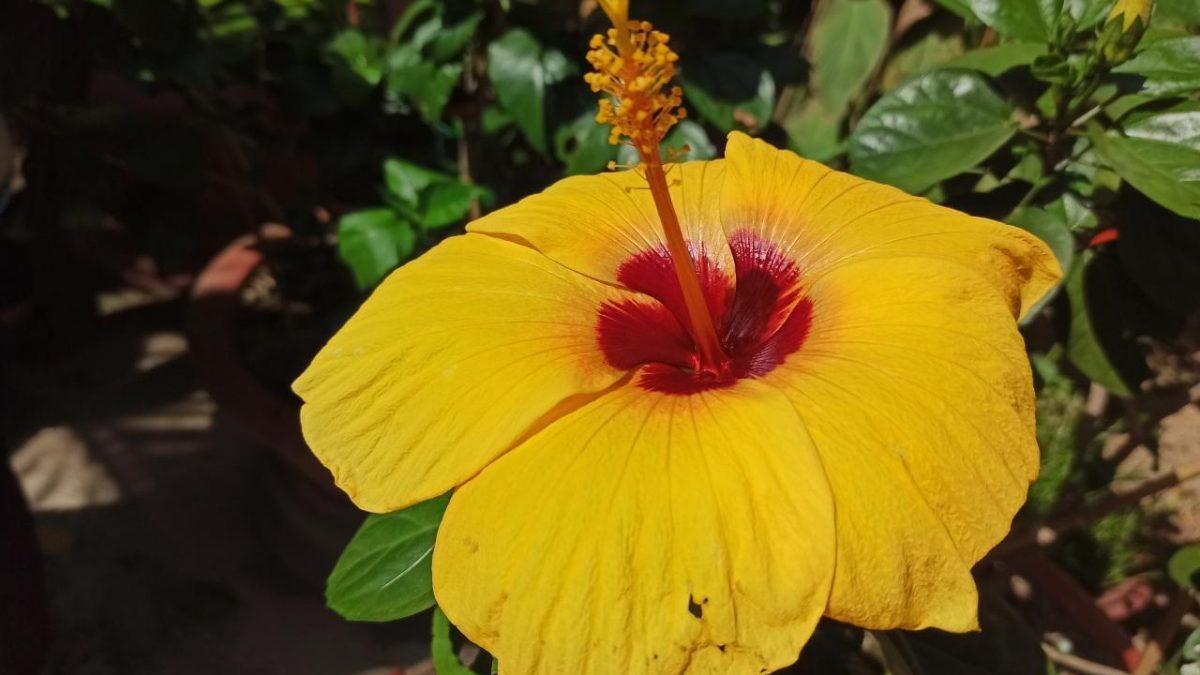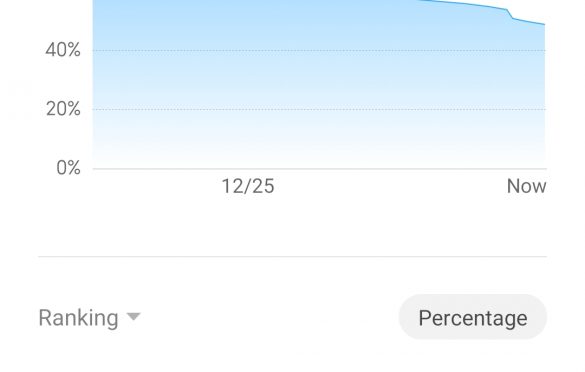8.8 Score
Pros
- Large bright display
- Extremely long battery life
- Excellent performance
- Excellent primary camera
- Solid design
Cons
- Quality of the display could be better
- No dedicated telephoto camera
- Macro camera is extremely low quality
Redmi has made a name for itself amongst consumers for producing handsets with impressive specs to price ratio. However, in recent times, the brand is facing stiff competition from other brands which have adopted a similar strategy, and Redmi has had to up its game.
This time around, the subsidiary has introduced a mid-range handset with rather impressive specs, yet an affordable price point. It comes in the form of the Redmi Note 8 Pro, and we took it for a spin. Wonder how it holds up? Keep reading our review of the device!
Design & Build Quality
In terms of design, the Redmi Note 8 Pro looks similar to its predecessor, the Redmi Note 7 Pro. The back of the device is glossy glass protected by Gorilla Glass 5, and it’s nothing to shout about. Meanwhile, the side frame is made of plastic, but it doesn’t feel cheap. It’s a rather chunky device, but that’s not necessarily bad, as it is easier to grip. However, the weight may interfere with one-handed usage especially over long periods of time.

The quad-camera setup on the rear stands out, and makes it hard to lay the phone flat on surfaces. However, the included case will take away the camera bump, allowing users to lay the device flat. Below the camera, there is a fingerprint scanner, and blends in with the camera bump. On the right-hand side of the smartphone lies the power button and volume rocker. Both buttons are easily accessible, and shouldn’t be an issue with one-handed usage. The left side is rather bare, save for a SIM card tray. At the bottom, the USB Type-C port, a 3.5mm headphone jack, and the speaker grille can be found. As for the top of the device, Redmi has included the fan favourite IR blaster. Finally, we move to the front which consists of waterdrop notch which houses the selfie camera.
Display

The Redmi Note 8 Pro is equipped with an LCD panel featuring a barely noticeable notch up top. The 6.53-inch panel packs a resolution of 1080 x 2340, with an aspect ratio of 19.5:9. Surprisingly, it comes with support for HDR, which is a rarity at this price point.
The display is large, and works well for content consumption, but colour accuracy is a sticky point. Cool colours such as blues, and whites are overblown. This can be changed via the display settings, by toggling between the “cool” and “warm” modes, but this didn’t really change much . On top of that, there is some screen bleeding, though it is hardly noticeable. At the bottom, and side bezels, some halos can be seen if looked at closely. Not being an AMOLED panel, colours aren’t as black, but there’s nothing to complain about especially at this price range.
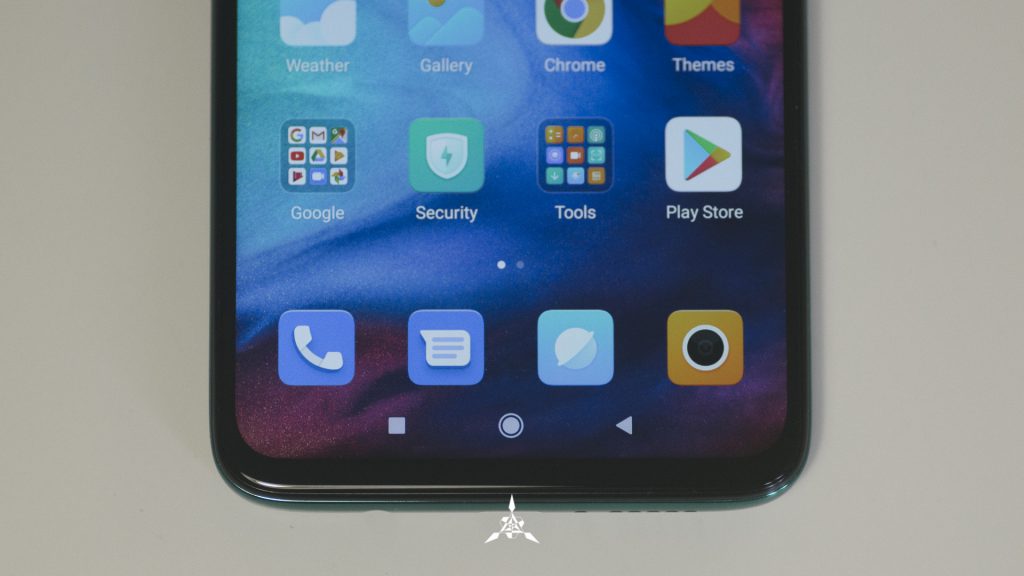
As far as brightness is concerned, the panel can get pretty bright under direct sunlight, and you shouldn’t have any issues viewing it. The maximum brightness tends to be higher when auto brightness is switched on, compared to manually cranking the brightness up. The screen does get pretty dark as well, so using it in darkness won’t be an eyesore.
Performance
The Redmi Note 8 Pro runs on MediaTek’s latest processor, the Helio G90T, a gaming centric chipset on a budget. The octa-core CPU packs two Cortex-A76 cores clocked at 2.05GHz, coupled with six smaller Cortex-A55 cores ticking at 2.0GHz. Graphics are handled by the Mali-G76 MC4 GPU. Meanwhile, the device is equipped with 6GB/64GB or 6GB/128GB.
While the Redmi Note 8 Pro is a mid-range device, it managed to handle all tasks and apps thrown at it like a champ. Gaming was buttery, with no signs of lags or slowdowns, even when playing graphically intensive games such as PUBG: Mobile, Asphalt 9, and CoD: Mobile. What more, the device stayed cool during long periods of usage, which is a rather impressive feat. We ran benchmark tests on the Redmi Note 8 Pro, and these can be viewed below. Such benchmark results are pretty high, especially at this price point. However, do note that these may not reflect real world usage.
Camera
Camera Interface

The latest Redmi Note happens to come with a quad-camera setup on its rear, as is the current trend. So, what is the composition? The main shooter is a 64MP camera with a 1/1.7-inch sensor with a lens of f/1.9 aperture. This is a significant upgrade from the 48MP shooter on the Redmi Note 7 Pro. Also, there is an 8MP ultra-wide camera with f/2.2 aperture, and its fixed focus. Meanwhile, the other two cameras are a 2MP macro lens and a 2MP depth sensor. So no, there is no dedicated telephoto lens. On the front, selfies are handled by a 20MP camera with an aperture of f/2.0.
The interface is rather basic, allowing users to swipe left and right between modes. There’s a hamburger menu on the top-right with further options such as timer, Google lens, and settings. There are also options on the top, such as AI scene, filters, HDR, and flash. Some of the modes included are Portrait, Night, Slow Motion, Panorama, and Pro.
Rear Camera Image Quality
Images taken with the rear camera during daytime are detailed, sharp, and have accurate colours. However, the camera tends to oversharpen images, but this isn’t much of an issue as it’s hard to tell. The contrast in colours are excellent, and shadows are not overblown. Switching things up to 64MP provides more details, but snapping pictures in this mode does take some time, and files are rather large. Overall, photos taken in broad daylight are great, and comparable to a lot of devices priced higher. Meanwhile, the ultra-wide camera is rather hit-or-miss, and photos lack a lot of detail, and colours are quite dull. However, it does the job of capturing a large scene, and will be fine for social media.
While there’s no telephoto camera, the interface allows users to 2x zoom, but it’s simply a crop from the main sensor. However, images are decent, with enough details, and also great colours. Portrait shots are alright, with the blur looking a bit unnatural. However, it maintains enough details, and colours are nice.
Now, when the light fades away, the Redmi Note 8 Pro is still able to capture pretty decent images. Of course, images get a bit noisy, and dynamic range drops, but images aren’t rubbish. The Night mode on this device is excellent, and really adds details, and sharpness to dark pictures. This is one of the best iterations we’ve seen on a mid-range device, and would recommend using it in most low-light situations.
Front-facing Camera Image Quality
Selfies taken on the Redmi Note 8 Pro are excellent, with lots of detail, and tones look natural. Edge detection is also good, and is able to detect the edges around hair.
Battery Life & Charging
One of the best features of the Redmi series has been the large batteries equipped in the majority of their phones. The Redmi Note 8 Pro is no exception, packing a 4,500 mAh battery. We expected great battery life from such a huge battery, but we were even more astounded by its endurance! On a regular day consisting of multitasking, gaming, snapping a few pictures here and there, the Redmi Note 8 Pro would usually end the day with about 40% to 50% left in the bank. With so much juice left, the smartphone only needed to be charged once every two days, which took some getting used to.
When it comes to charging, the phone wasn’t exactly impressive. In a span of 30 minutes, the device would be charged from 0% to 40%. This was tested using the original charger included in the package. It should be noted that it supports 18W fast charging, and Qualcomm Quick Charge is not available, as it doesn’t run on such a chipset.
Speaker & Security

There’s a single downward firing speaker on the Redmi Note 8 Pro. While it may be a singular speaker, it is rather impressive. The sound output can get pretty loud, and is clean. Even at loud volumes, there is minimal distortion, and the sound is rich.
The device comes with a multitude of unlock methods. This includes face unlock, PIN, password, and also a fingerprint scanner. The most convenient unlock method is definitely the fingerprint scanner, which was accurate and fast. The fingerprint scanner is on the rear, directly below the camera. It is slightly raised, and sits at the same height as the camera module, which may cause users to smudge the camera when fumbling for the fingerprint reader.
UI & OS
The Redmi Note 8 Pro currently runs on MIUI 10 on top of Android 10. Like most Xiaomi made devices, MIUI 10 offers a rather minimalistic view, and is rather easy to use. Some of the most notable features that can be found in MIUI 10 is dark mode, which will transform the entire system into a dark theme. However, it will not force apps that do not support dark mode to change theme.
Other features include double tap to wake, double tap the volume button to launch the camera, raise to wake, and a few others. The Redmi Note 8 Pro also allows users to opt for full screen gestures, which is extremely easy to use. Digital wellbeing is also available now, allowing users to check their usage times of apps and such. MIUI is as customisable as ever, and users will be able to make this phone truly theirs.
Conclusion

The Redmi Note 8 Pro is a well-rounded device, and at its price point, is an extremely mouthwatering mid-range option. With solid performance, coupled with a huge battery, this device will be able to handle almost anything thrown at it, throughout the day. Talk about endurance! If you’re interested in picking a Redmi Note 8 Pro for yourself, it can be purchased from any Mi Authorised Stores, or from multiple online stores. It can bought for as low as RM 799 for the base model of 6GB RAM + 64GB of storage version, while the 8GB RAM + 128GB of storage variant is priced at RM 1,086.


